Before you gear up to become a landscape photographer, there are some crucial things that you should understand if you want to be well-prepared. Landscape photography gets better as you experience different shooting scenarios, but here are some tips to help you get started.
Landscape photography is one of the most enticing genres of photography for any new photographer who likes to travel and explore nature. If you’re someone who just started learning photography and is still exploring all the different kinds, landscape photography should definitely be on top of your list if you enjoy finding unique perspectives of both ordinary and extraordinary places.
Most of the time, having the right lenses plays a much bigger role than having a more advanced camera body in landscape photography. In favorable lighting conditions, cameras of different sensors can create the same-looking image, but that can only be achieved by having the right lens that will make great compositions possible. That said, here are some things to consider before you start building your landscape photography arsenal.
Your Kit Lens Is Still the Best Lens to Start With
Kit lenses, or the lenses that come in the same box as your first camera, are probably the most underestimated lenses in the photography world. Because they are always the “beginner” lens that everyone upgrades from, people often forget why they are specifically the lenses partnered with the cameras that you can buy off the shelves.
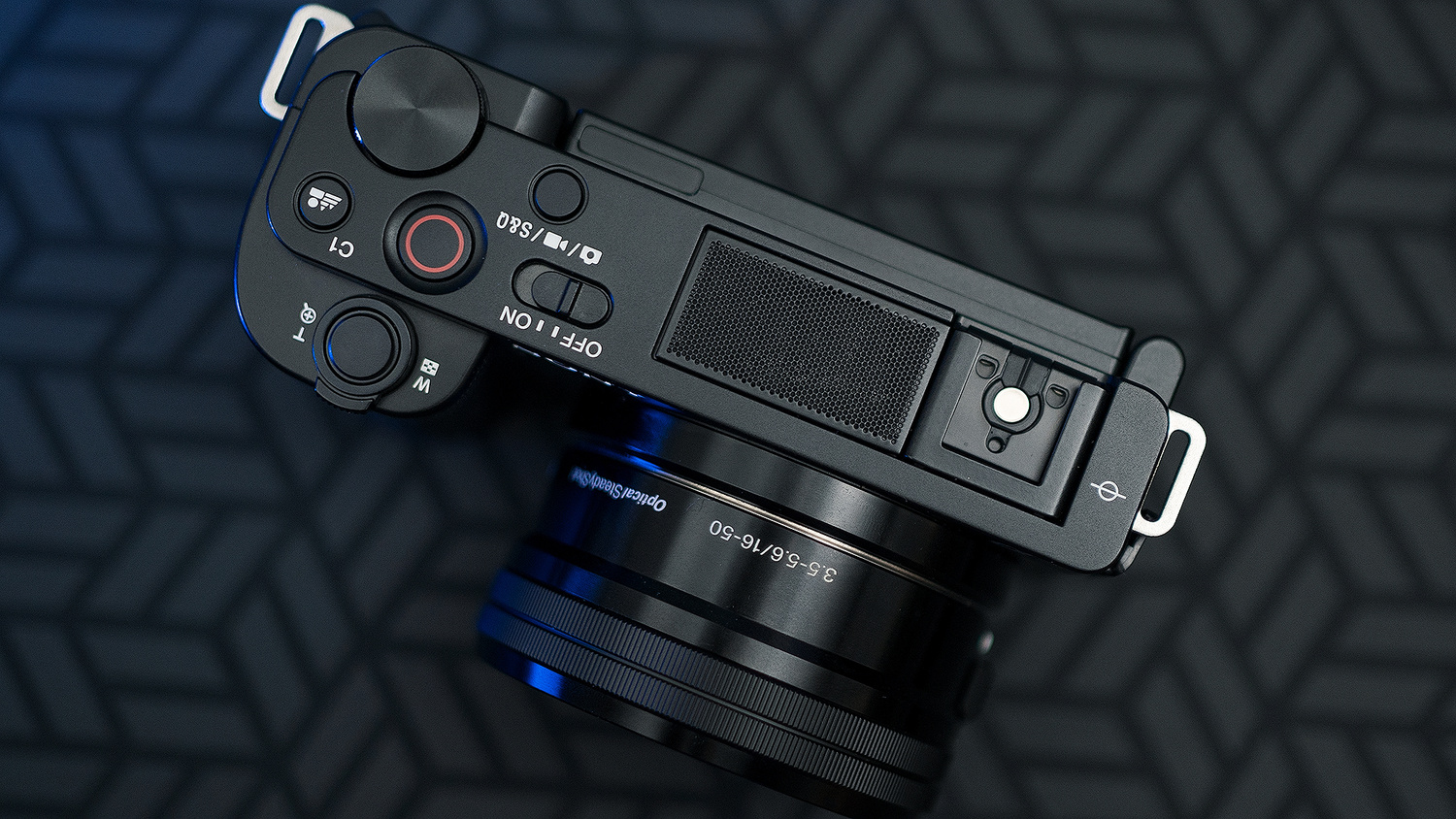
The reason why kit lenses are (99% of the time) the same 16-50mm or 18-55mm range for APS-C and 24-70mm or 28-70mm range for full frame cameras is that they are practically the same lenses used for different sensors. These lenses are called standard zoom lenses, and the reason why they were deemed the best to bundle with cameras is because of how versatile they can be in terms of the perspective that they can offer. 24mm is considerably wide, while 70mm is tight enough to isolate objects from a bit of distance.
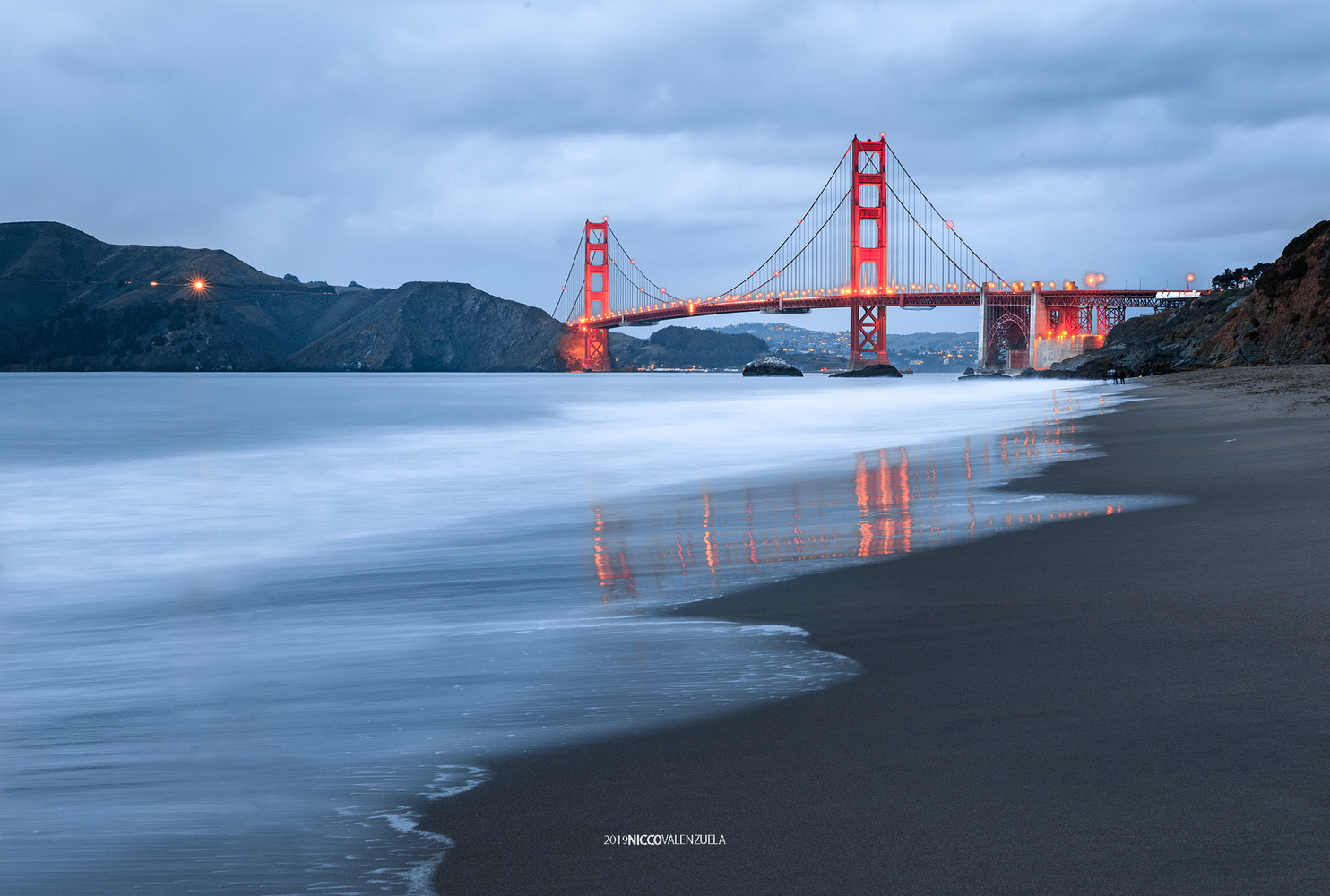
Essentially, these kit lenses offer the same perspectives as higher-end 24-70mm lenses, but the difference is that most of the time, kit lenses have a variable (and relatively smaller) maximum aperture, and the more expensive ones are usually made with better glass. That means that as you zoom in, the largest aperture that you can use gets smaller, thereby being more limited in low light situations and depth of field. But in terms of being able to create images with the same composition and framing as the higher-end lenses, the kit lens is definitely capable and should be able to get you started on your landscape photography journey.
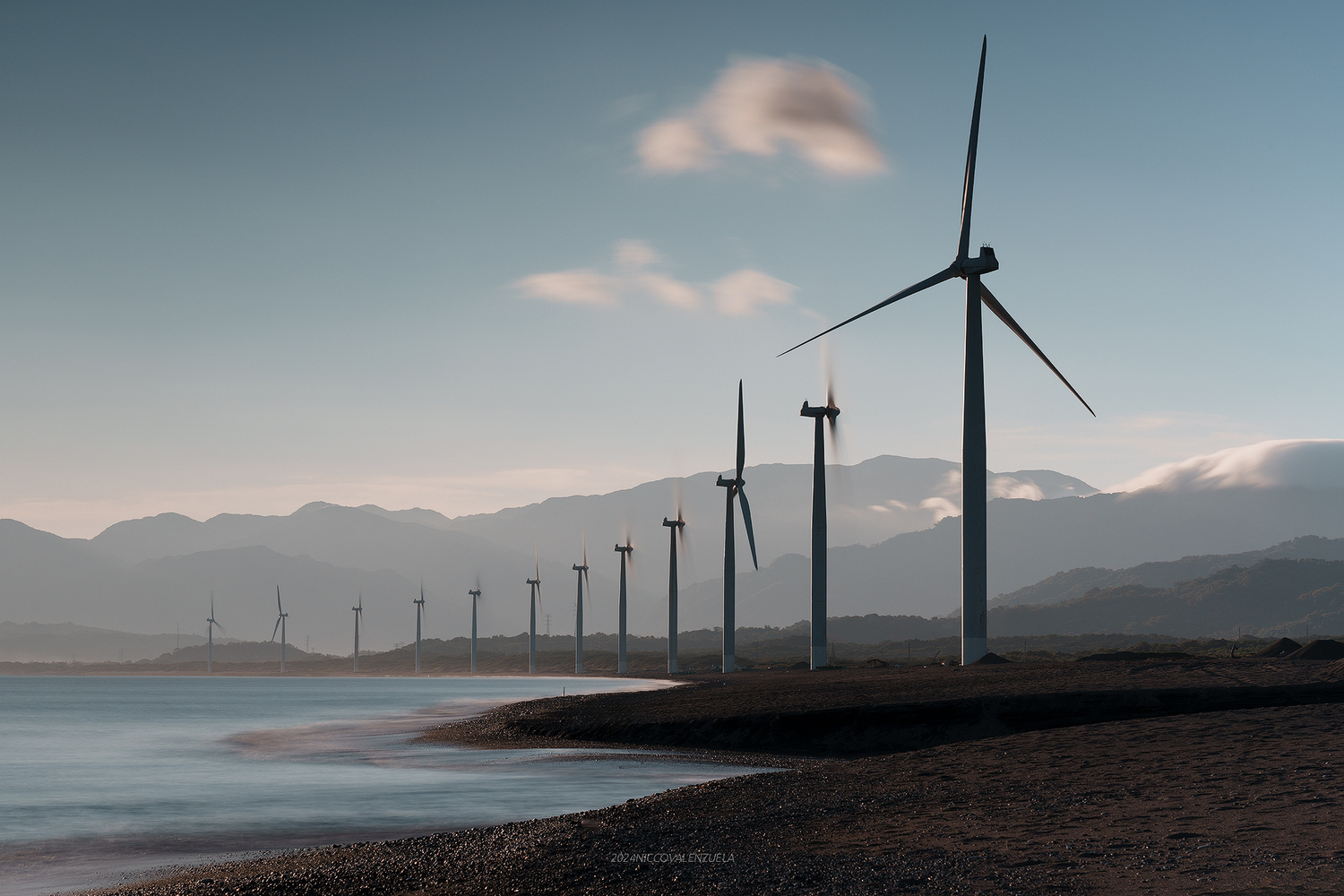
Before Getting a Second Lens for Landscape Photography
One thing you should know early on about landscape photography is that there are many sub-types of this genre, which are mostly dependent on the location that in turn greatly influences the shooting style and gear requirements. It would, of course, be advisable that you give each kind a try, but it is also very likely that you will have specific kinds that you prefer. Landscape photography can be done anywhere from small ponds, in the middle of the forest, at the bottom of waterfalls of different sizes, on top of a mountain, and even within an urban dwelling. Each kind has its own workflow, which also means that it will have a different set of ideal lenses to have. For the purpose of having a simpler discussion, we’ll divide them into two sets that will differ based on the kind of lens that you might be better off with.
Should You Get an Ultra-Wide Lens First?
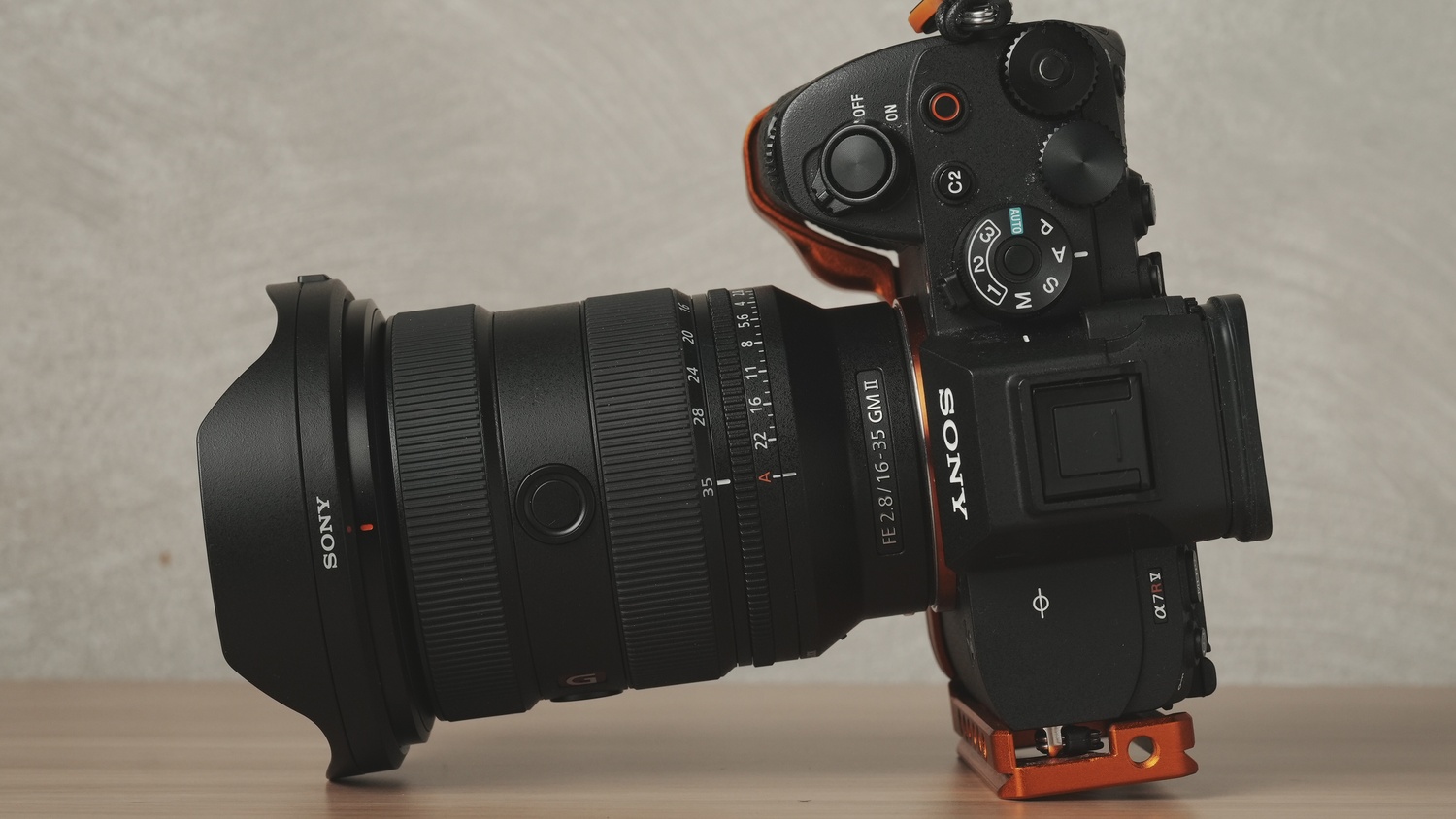
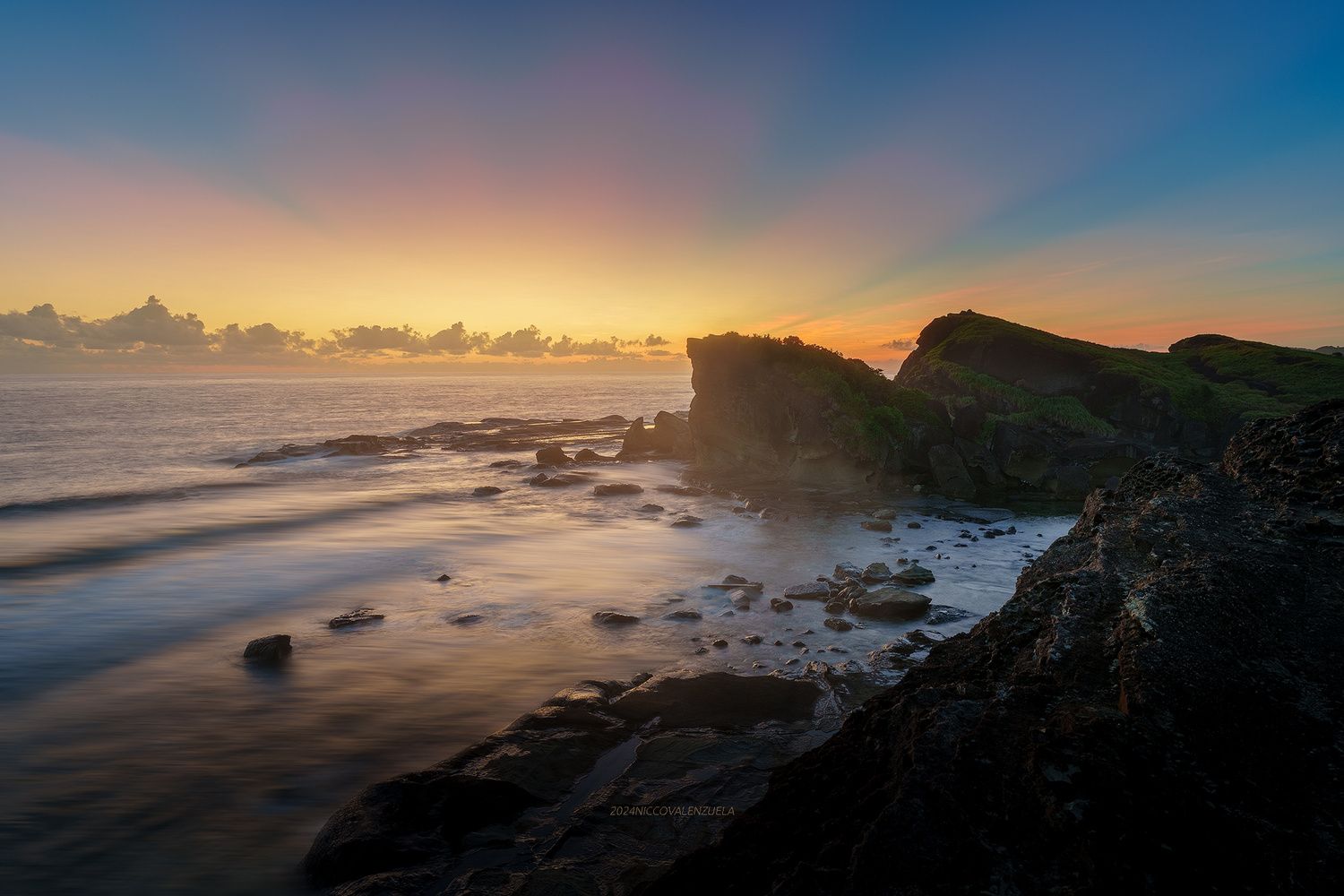
Ultra-wide angle lenses are those that go wider than 24mm. Commonly, these are zoom lenses that go from 16-35mm for full-frame cameras and 10-18mm for APS-C cameras. However, there are also various prime lenses available across all the brands such as 20mm, 15mm, 12mm, and 10mm. Ultra-wide angle lenses are useful in situations where maximizing the angle of view will benefit the composition. Such situations are when there is very little space between the photographer and the majority of the objects that make up the landscape photograph.
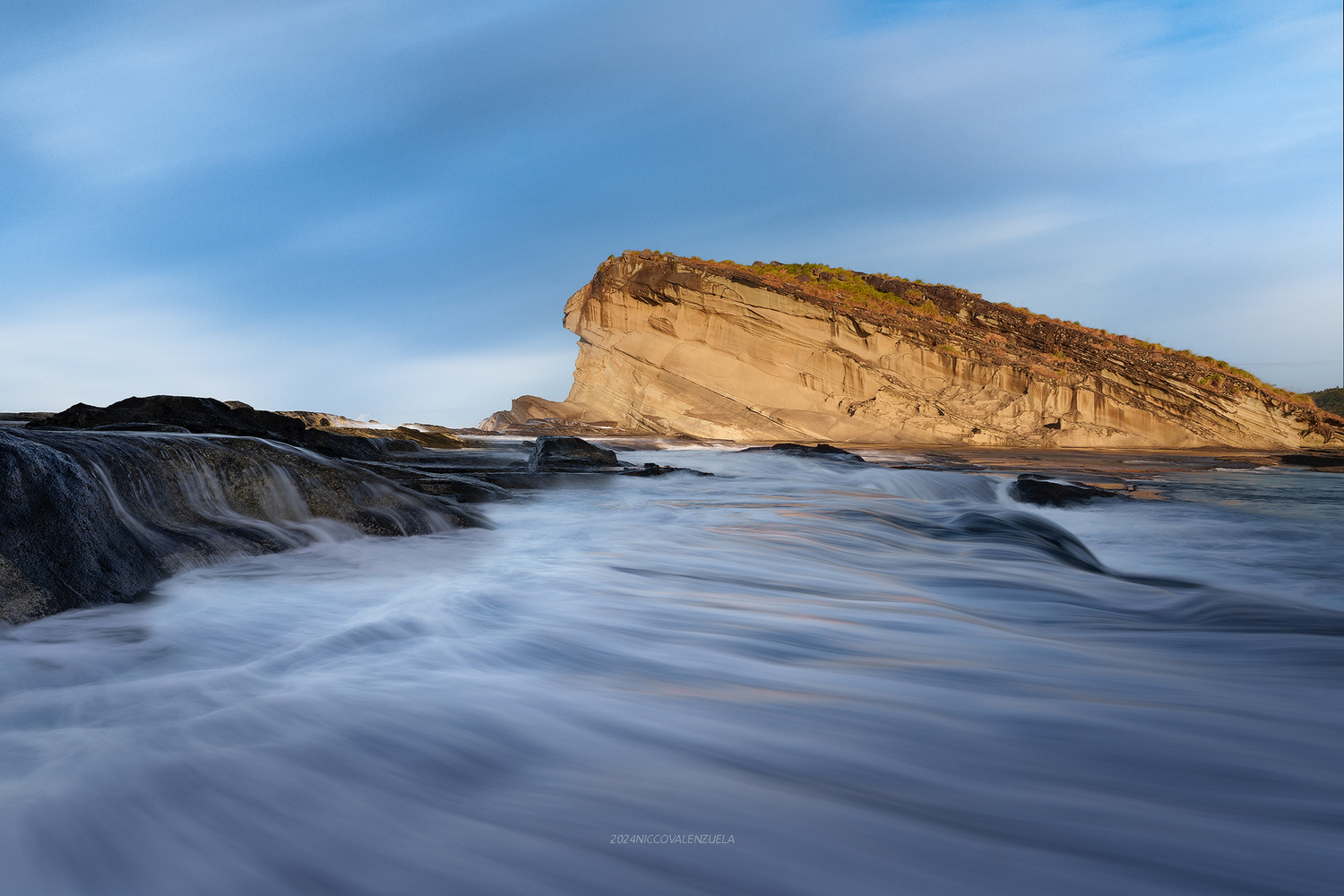
This is mostly applicable for photographing any large structure up close or a view with significant elements in the foreground. Common examples are in photographing entire waterfalls, bodies of water with mountains, trees, or even buildings in the background (and potentially reflecting on the surface), and photographing seascapes that include the motion of crashing waves or flowing water.
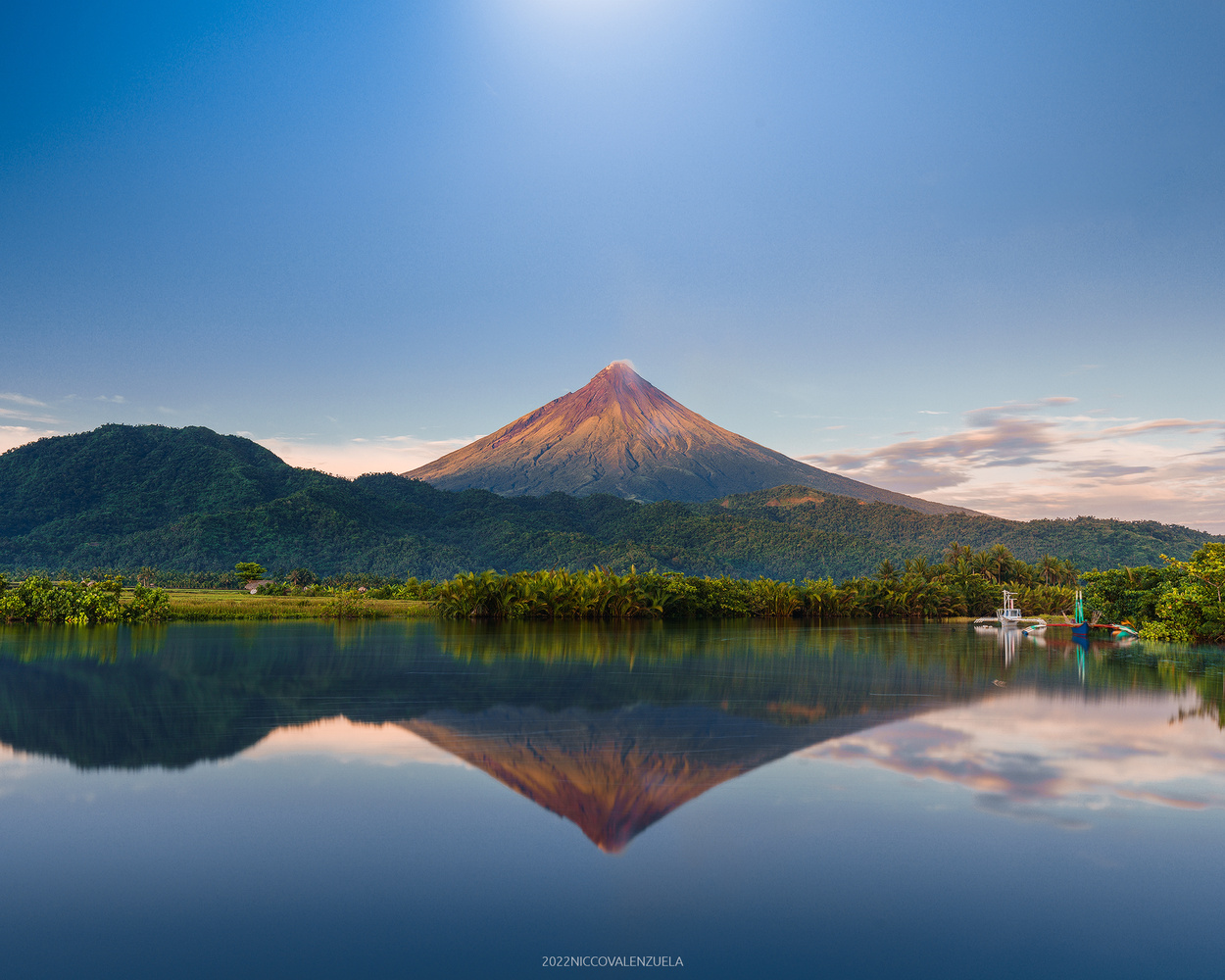
Shot with a 16-35mm for full-frame cameras
Should You Get a Telephoto Lens First?
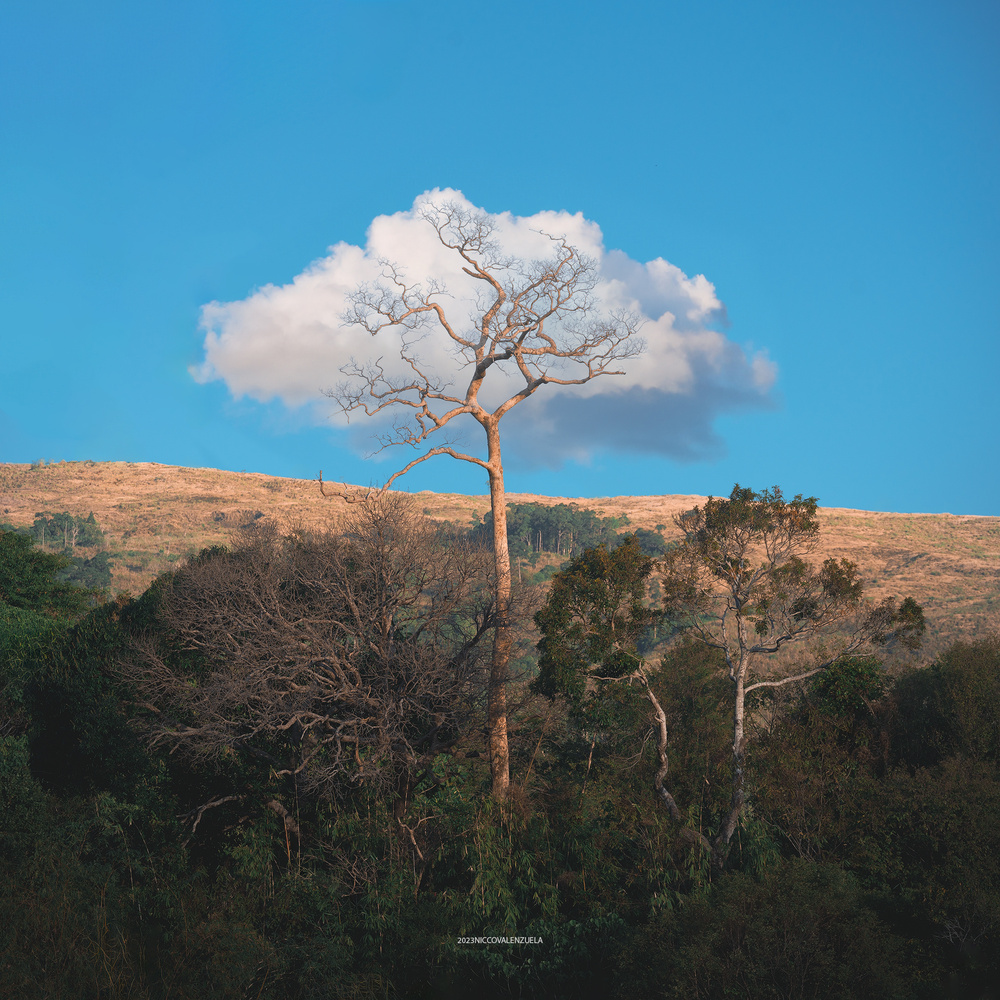
A common misconception about landscape photography is that you should use a wide-angle lens whenever you’re photographing a wide-open view. However, what this does most of the time is capture such a huge space because of the wide angle of view, which consequently minimizes the potentially beautiful details present in the scene from a bit of distance. For such instances, longer zoom lenses can be more beneficial as they can allow you to reach in and isolate distant objects and compress the scene into a more refined composition.
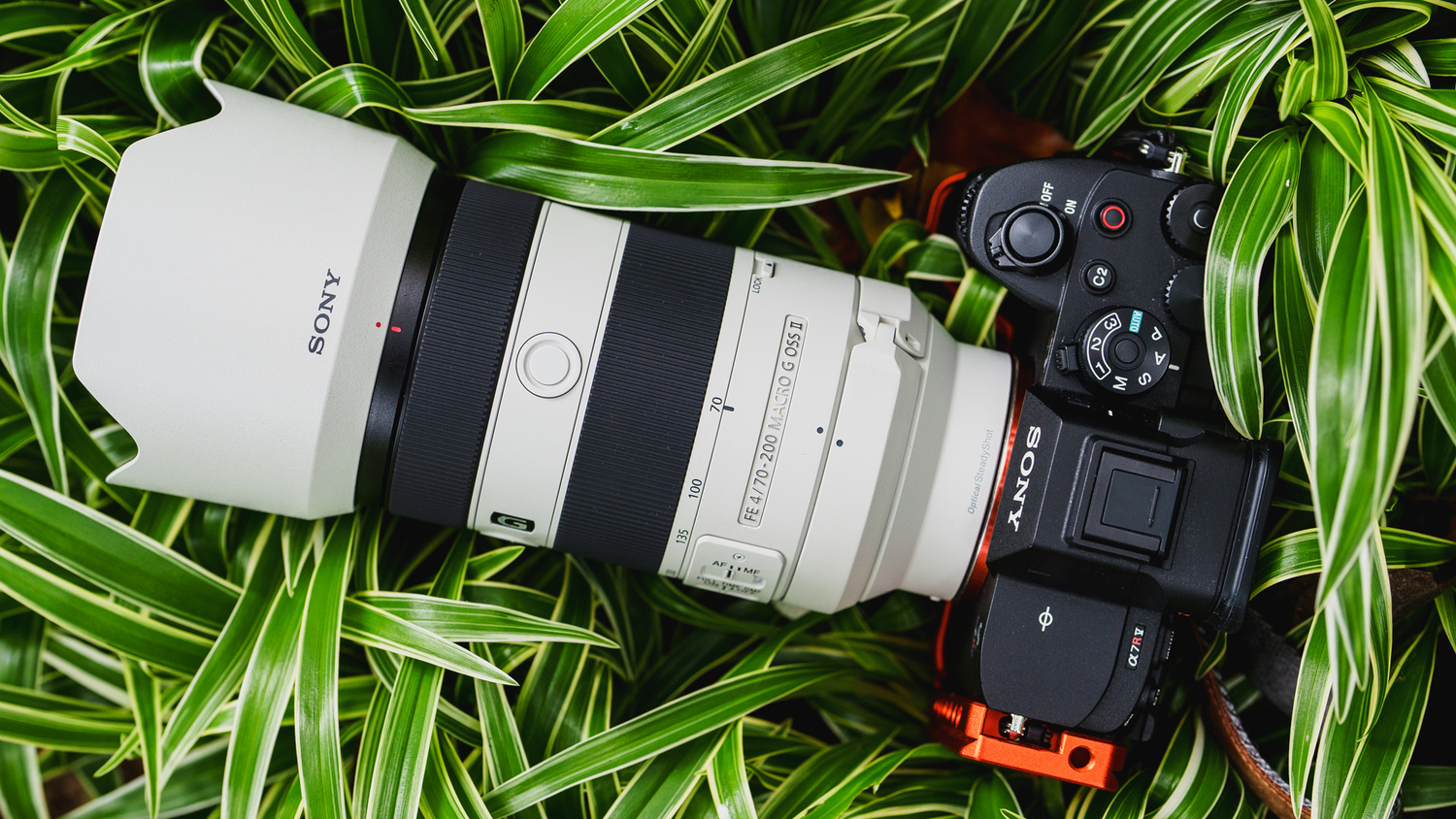
Telephoto lenses are those that go beyond 70mm. The most common telephoto lenses in the market are 70-200mm zoom lenses as well as 70-300mm options. There are also options with different ranges such as the 35-150mm lens that offers a more versatile range, the 100-400mm that offers an even longer range, 150-600mm super telephoto zooms, and a variety of primes as well. 70-200mm lenses are most common because of how they fit together with standard zoom lenses and offer significant reach.
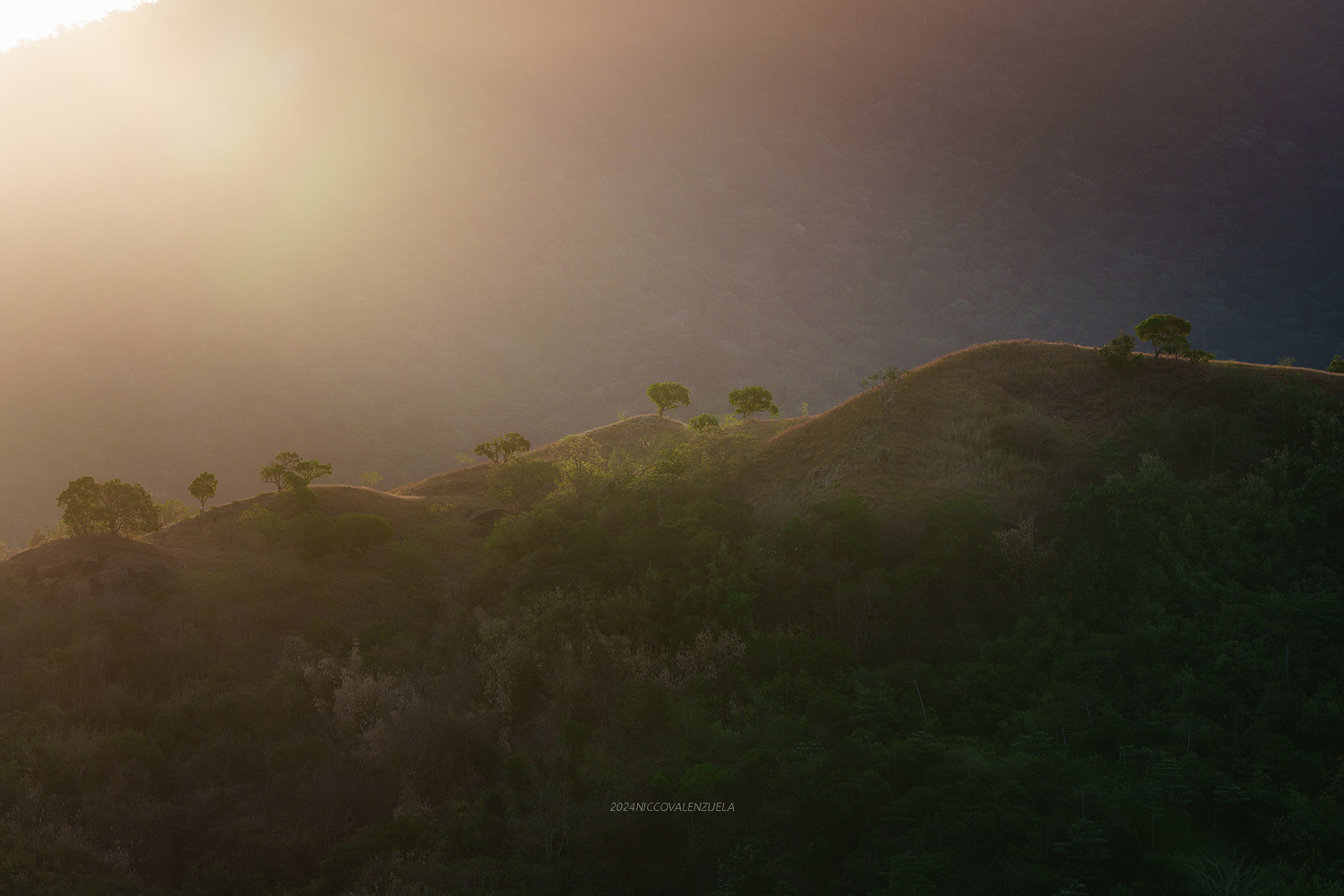
For landscape photography, telephoto lenses shine in isolating distant patterns, highlighting a section of a wide view, and capturing details of larger structures up close. Because they enable the photographer to show something that would otherwise be overlooked by the human eye, telephoto lenses can allow you to take photographs of a place with a different perspective.
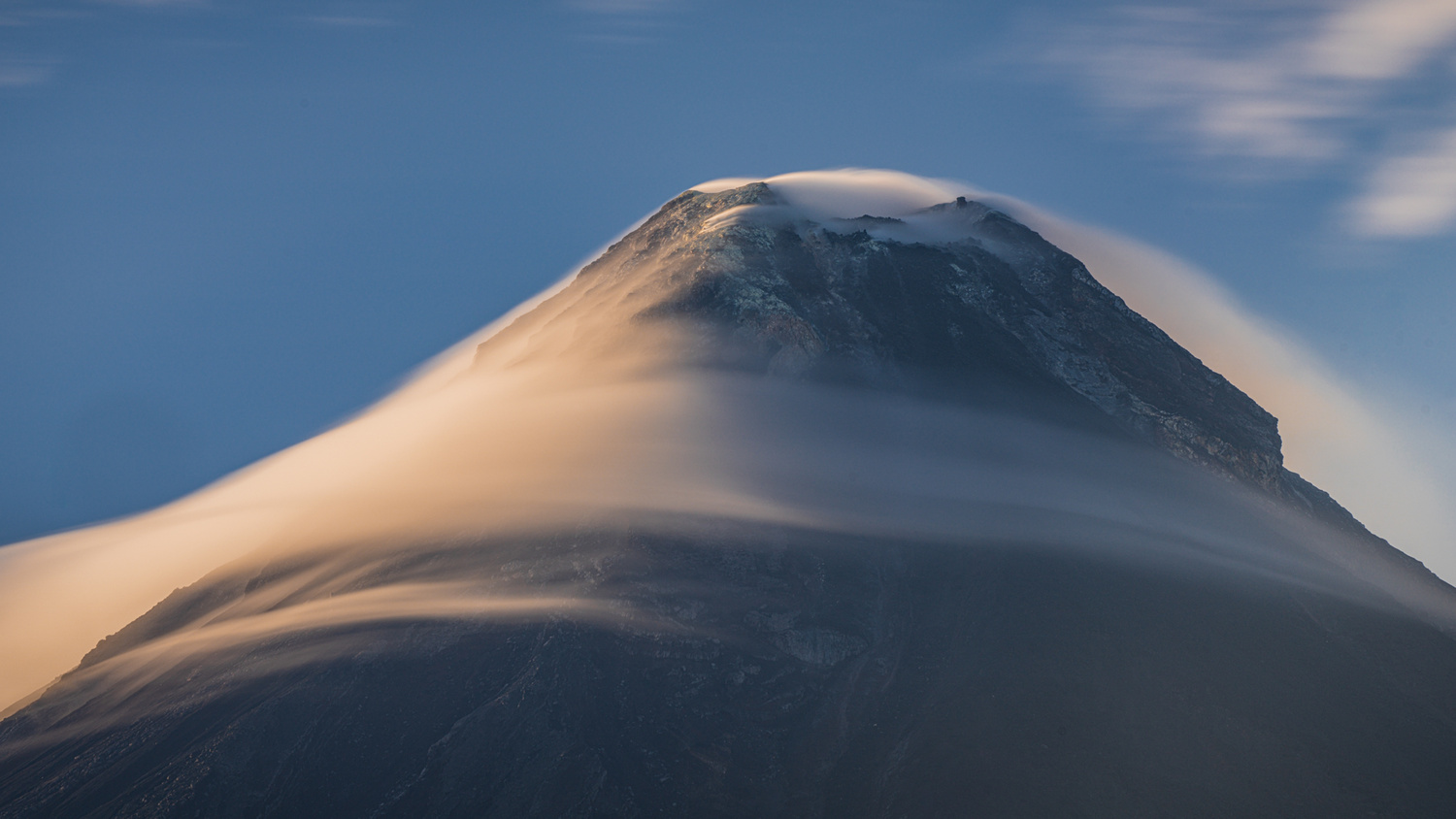
Other Options to Consider
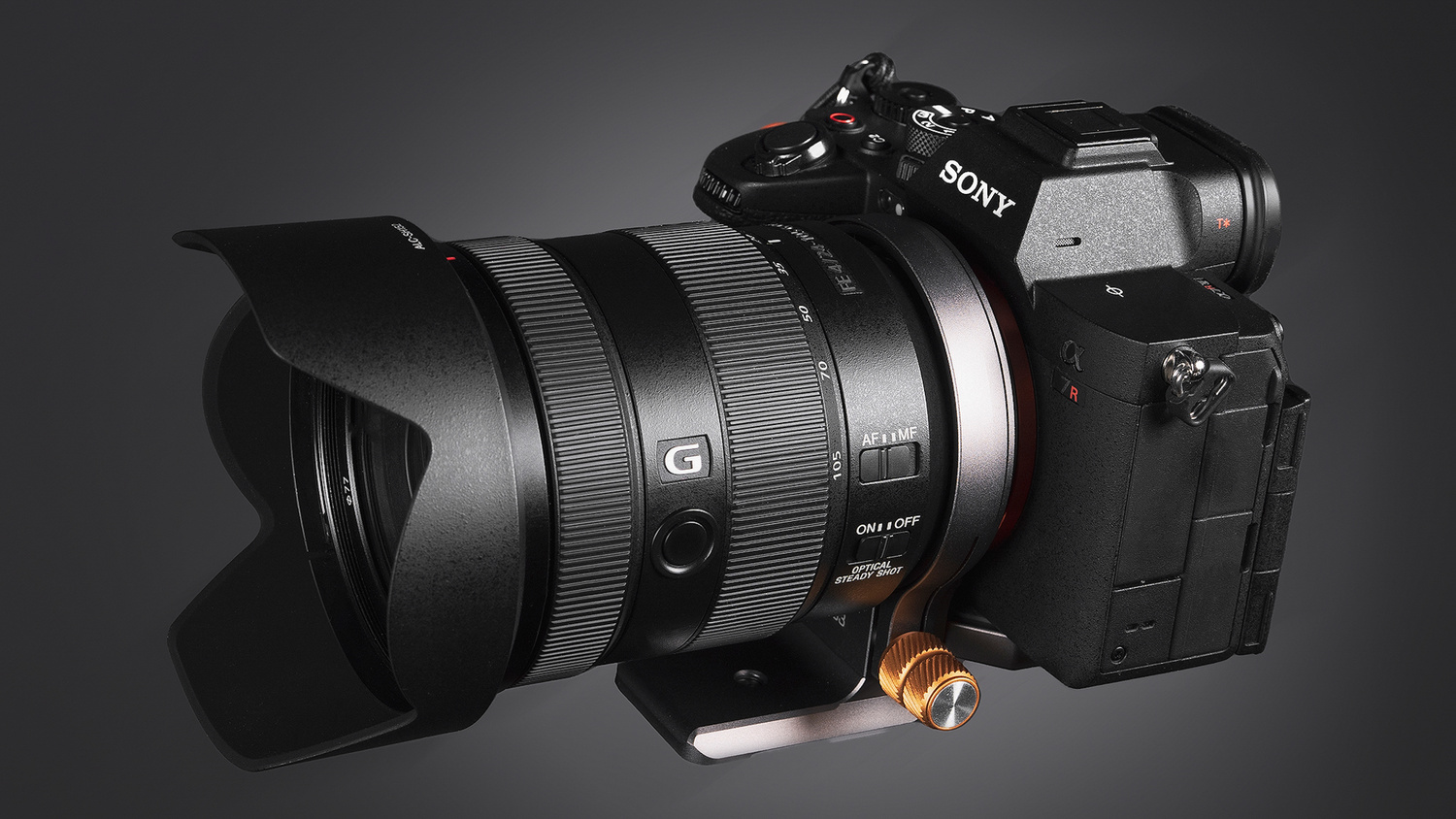
Another option to consider would be to upgrade the kit lens into something that has an even more versatile range. Extended standard zoom lenses come in many different forms but can do what a standard zoom does plus reach further. Some of the best-in-class of such lenses are the 24-105mm full frame lenses that are available from most camera manufacturers. For APS-C cameras 17-70mm and 18-105mm are the most popular ones. There are also even more versatile lenses in terms of focal lengths such as 28-200mm and 28-300mm lenses for full-frame and 18-200mm and even an 18-400mm lens for APS-C. The downside of such versatile walk-around lenses is they commonly come with inferior image quality when compared to the typical 24-105mm versions. Nonetheless, they are still viable options, especially if the main objective is to be able to cover the ranges that you would need for your preferred kind of photography.

Making smart decisions about lenses should always be guided by what we anticipate photographing and the kinds of compositions that our vision and artistic intent dictate. Of course, in a perfect world, having all of the options available would be great, but the reality is that budget and/or physical limitations come into play. Sometimes, one or two lenses can enable you to create all the photographs you want, particularly when planning and anticipation go well.
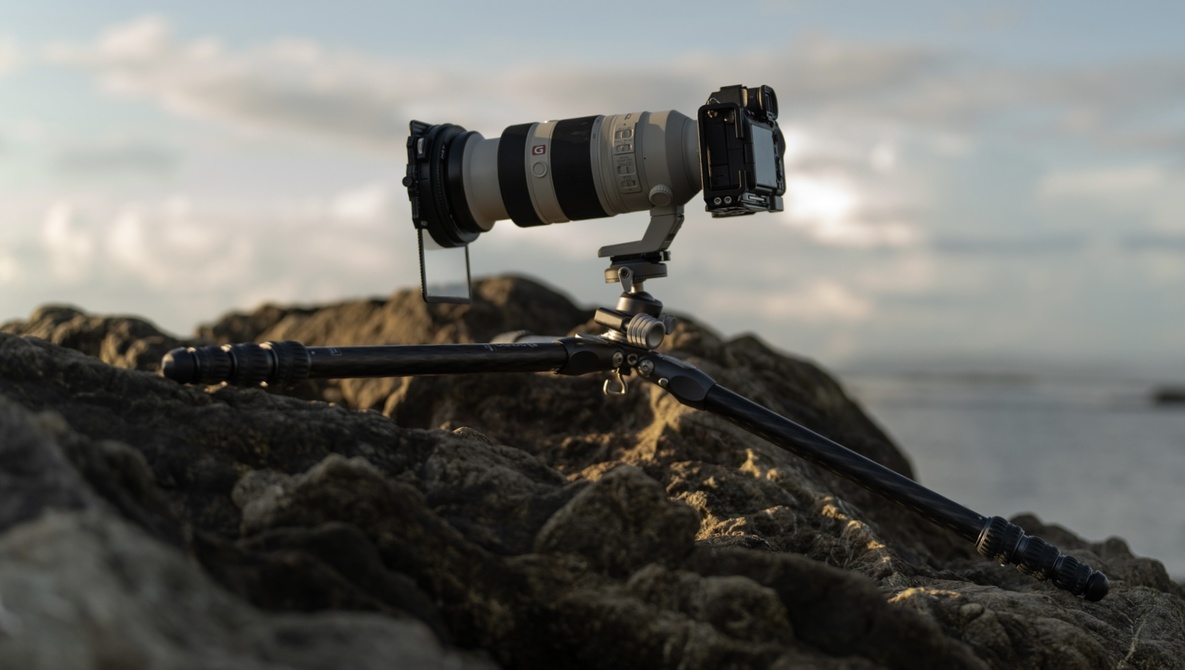







"Telephoto lenses are those that go beyond 70mm."
No, telephoto lenses are those that give the same angle of view as a long focal length lens, but focus at a shorter focal length, making them more compact. For example, a conventional 500mm lens needs 500mm (about 20 inches) from the lens' principle plane to the camera focal plane to focus at infinity. A 500mm telephoto lens may only need 200mm (about 8 inches) to focus at infinity, yet both lenses have the same angle of view.
Yes, I know, I'm being "pedantic", but please, learn the basic terminology.
In common parlance, “telephoto” = having a focal length longer than the ‘standard” focal length that more or less matches the perspective of the unaided human eye, e.g. anything longer than 50mm on a 35mm-format camera. Thus, 85mm is considered “short telephoto”.
That said, I sympathize with “pedantic” obsession: I loathe the common and mistaken use of “full frame”.
Despite being a dinosaur whose photo career long predates digital, I’m unfamiliar with the definition for “telephoto” that you’ve proffered above. As a fellow “pedant”, I now feel compelled to research the etymology of “telephoto”…
Wikipedia says you’re right. There’s something new to learn every day.
Thank you, Jacques. That "telephoto" is so mistakenly used in common parlance, even by those who consider themselves experts and write articles about optics, grates on my nerves. But I don't mind the term "full frame", as it has historic roots as differentiating from the half-frame film cameras of the 1960s.
BTW, the opposite of a telephoto lens is a retro-focus lens. That's a very wide angle lens that focuses its image at a longer focal length than its angle of view suggests. They were made so the mirrors on SLRs had room to flip up without hitting the back of the lens.
The “half-frame” thing is an outlier. Half-frame cameras were so uncommon, and their history so short, that nobody ever felt the need to distinguish 35mm-format film cameras as “full-frame.” In fact, the most common and long-lived use of that phrase denoted an IMAGE that had not been cropped AFTER capture. It applied to images made with all film formats. Remember prints with black borders created by printing the unexposed edges of the film? Those were intended to prove that the “full-frame” print hadn’t been cropped in the darkroom.
The modern use of the phrase is a marketing gimmick intended to give buyers the false impression that a 35mm-format camera’s image is somehow more complete. It was coined by the makers of 35mm-format cameras, which is why medium format is not “fuller-frame” and large format is not “ultra-frame”.
" Half-frame cameras were so uncommon, and their history so short..."
Funny, there are quite a few still being manufactured today by Pentax, Kodak, Ilford, Reto, One Shot, Holga, Corex, Ashata, and others. There's even a Hello Kitty half frame for the kids. And yes, "full frame" was used to differentiate from "half frame" for film cameras, just as today "full frame" is used to differentiate from "APS-C" and "Micro Four Thirds" digital cameras.
They are being made, but how many have you actually encountered in use? For me, zero.
I have never seen any marketing materials intended to differentiate 35mm-format from 17mm “half-frame” format, and I doubt you or anyone else here could point to any. In short, “half-frame” was a thing, but “full-frame” never was in the film era - everyone just called it “35mm format.”
Actually, the terminology of "full frame" 35mm film predates still photography, going back to when 35mm film was used only for motion pictures, (early enough for you?)
https://en.wikipedia.org/wiki/Full_frame_(cinematography)
That’s a Wikipedia entry pertaining to cinematography. Who’s to say the definition I described didn’t apply to prints from film formats that predated 35mm stills?
I don’t know why you’re citing a reference to 35mm film, when the definition I cited makes no reference to any particular format.
This whole discussion is about full frame/half frame 35mm film. My point is, the term "full frame" goes back to the very origins of 35mm film.
My last point was that it may well go back before the origins of 35mm film. My previous point was that the phrase “full frame” was not applied to 35mm format until DSLR manufacturers hijacked it to persuade buyers of APS digital cameras to spend more for 35mm format cameras. The current use of the phrase did not start until we were well into the digital era, and it ignores the long and very different use of the phrase well back into the film era.
Well, we can agree that the digital crowd (manufacturers, users, reviewers...) all hijacked the term and the format. But then burning, dodging, unsharp masking, and so many digital terms and concepts come from the film world. Even the cameras themselves are being designed to look like retro film cameras because it's "cool". But it sells.
Good writing and suggestions here. In my own enthusiast landscape endeavors, I often use long focal lengths and rarely go wider than 24mm because, as pointed out, interesting elements in the middle distance can get lost in ultrawide shots.
A comment on kit lenses. One of the sacrifices often made to save on cost is sharpness at the edges of the frame, which can be fine for, say, a portrait, where the subject is near the middle and the periphery of the image is out of focus anyway. But for a landscape, I want sharpness across the frame, at least when the lens is stopped down for greater depth of focus. I don’t mind a lens being a bit soft at the edges when it’s wide open, but it better be sharp edge-to-edge by f5.6.
It really depends on what i like to tell with it.
I love using wide angle to create a certain dynamic (by getting close). Often i like using 50mm or longer for more serene images.
16-35 is my favorite travel lens (i think i use it 60-70% of the time) because it's versatile with at the long end 35mm which is pretty normal.The 24-105 is a perfect companion and it makes me need to grab my 70-300 in less than 5%of the time. For wildlife this is totally different of course.